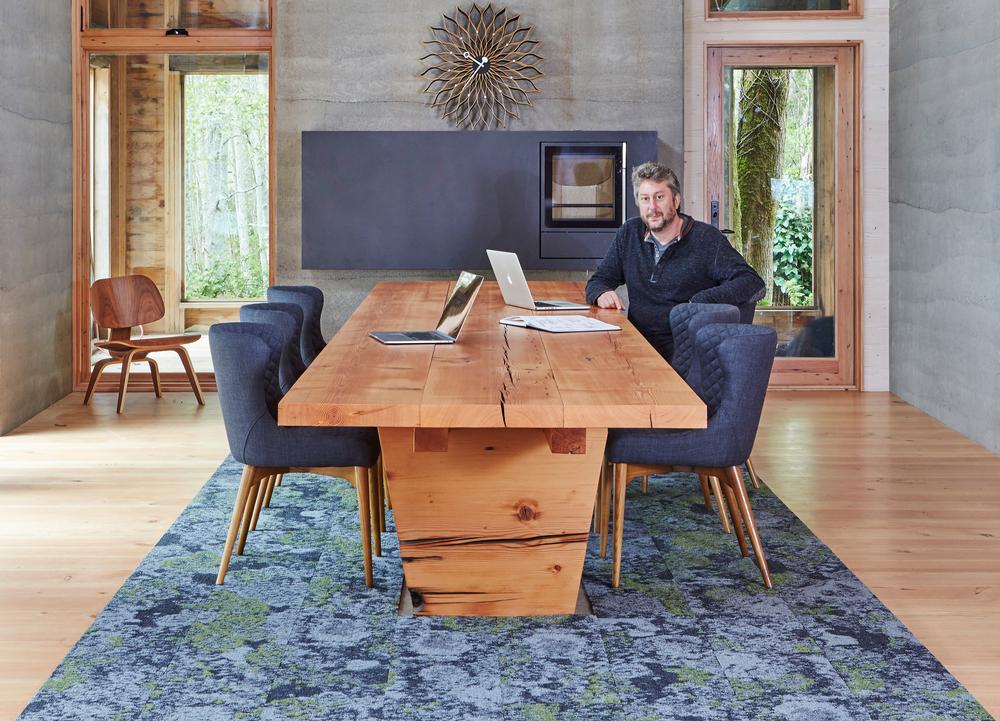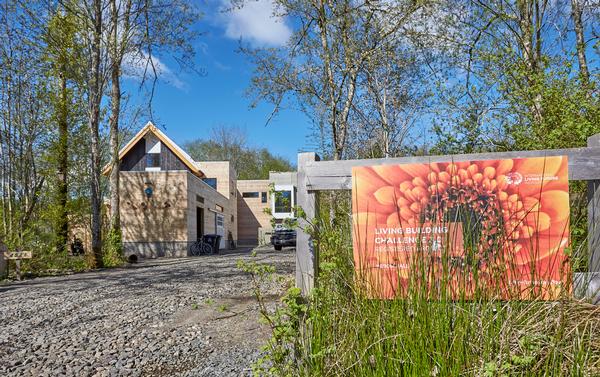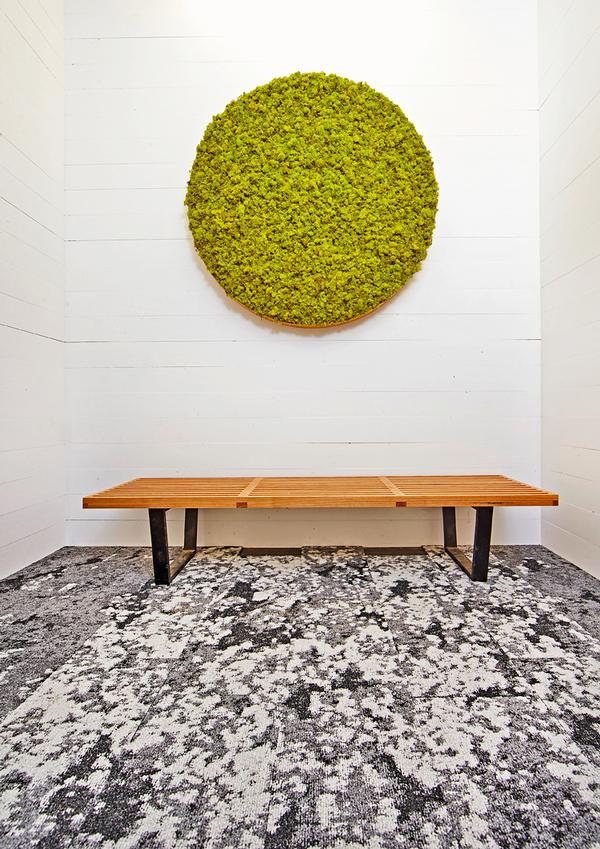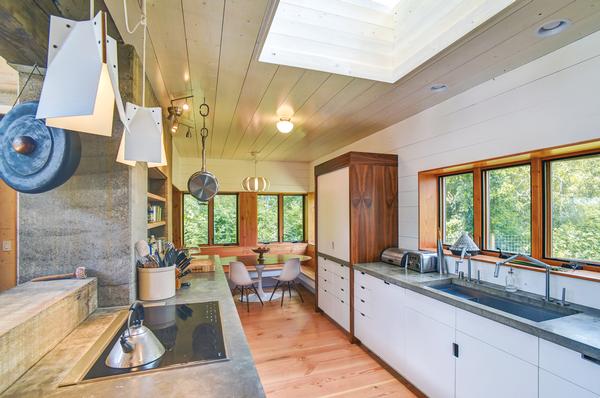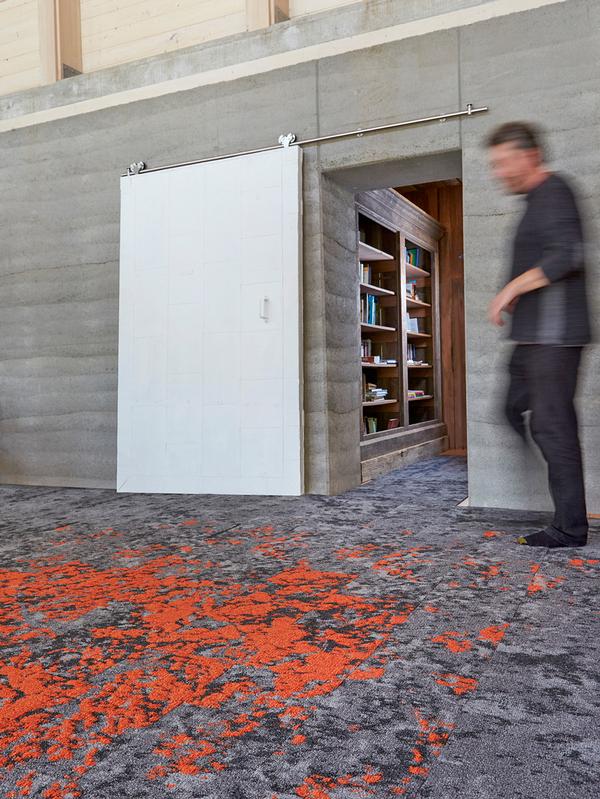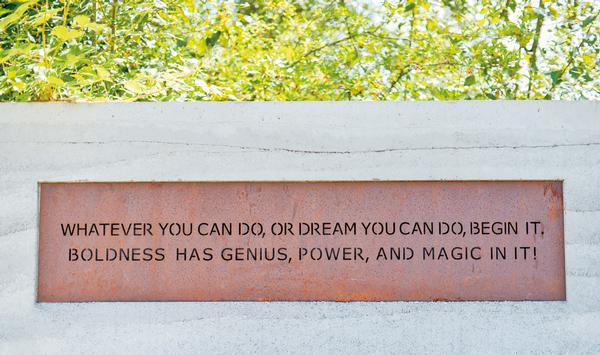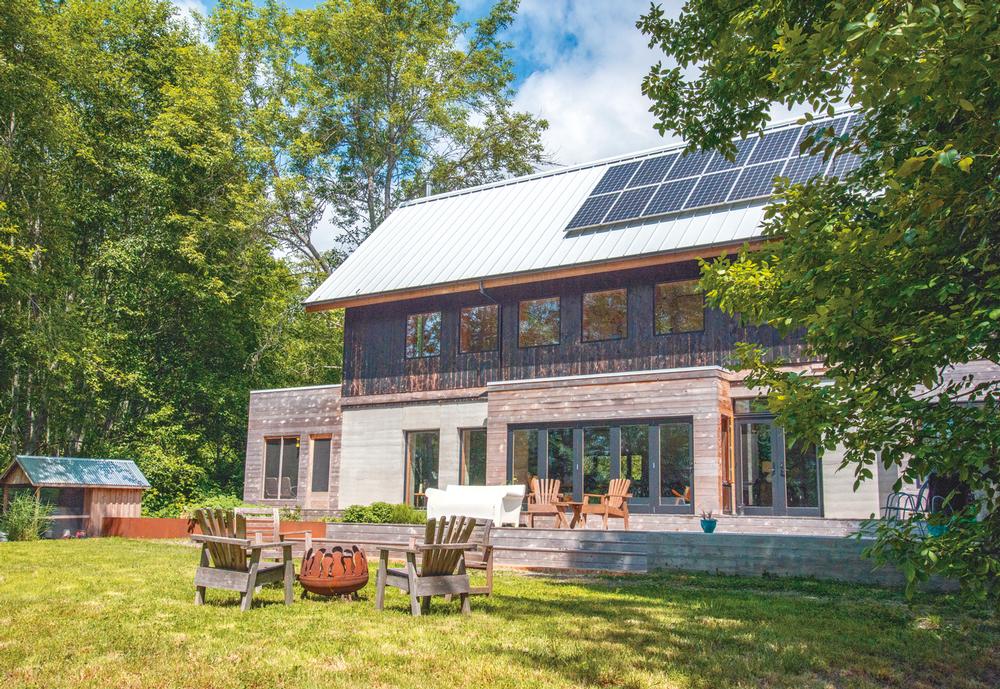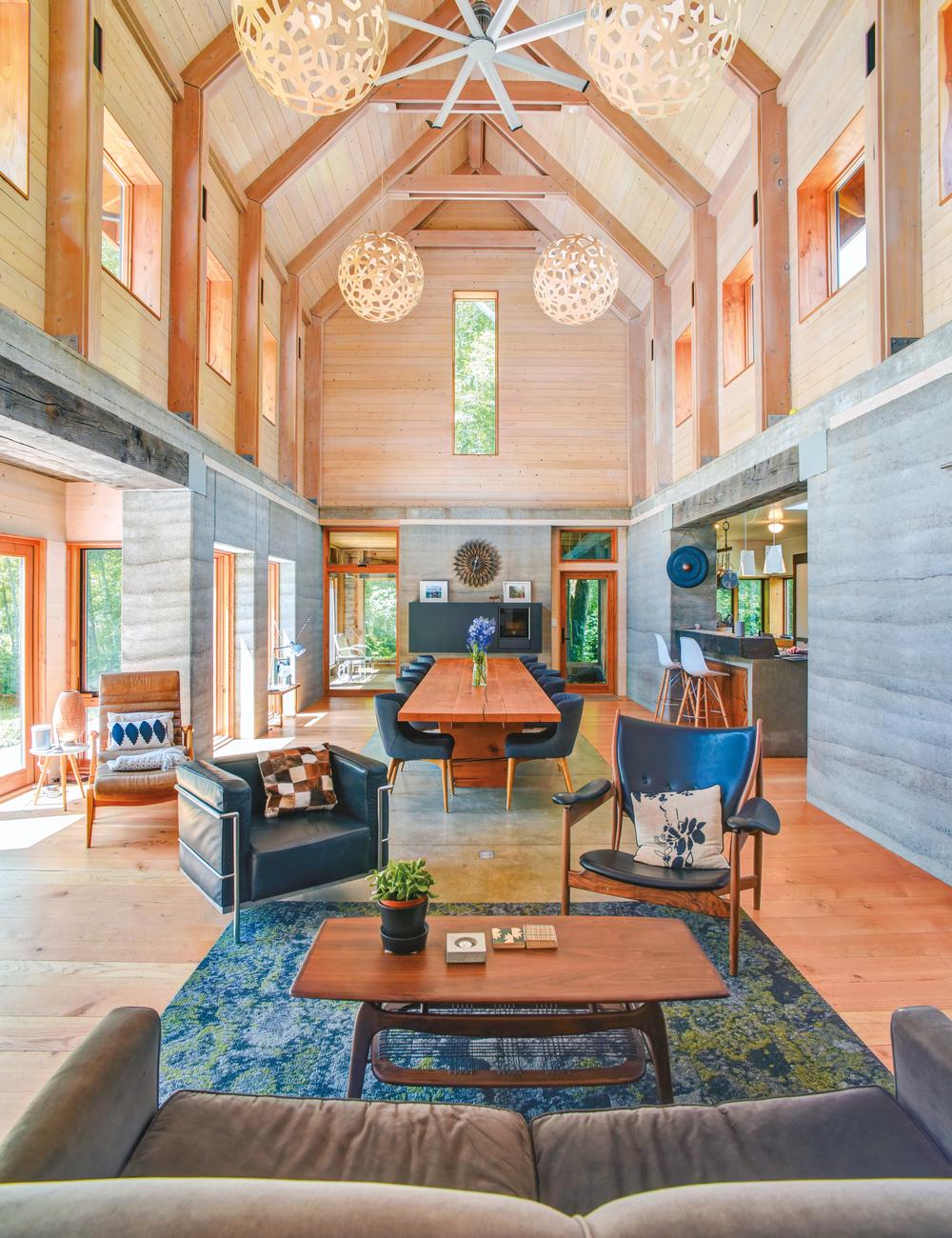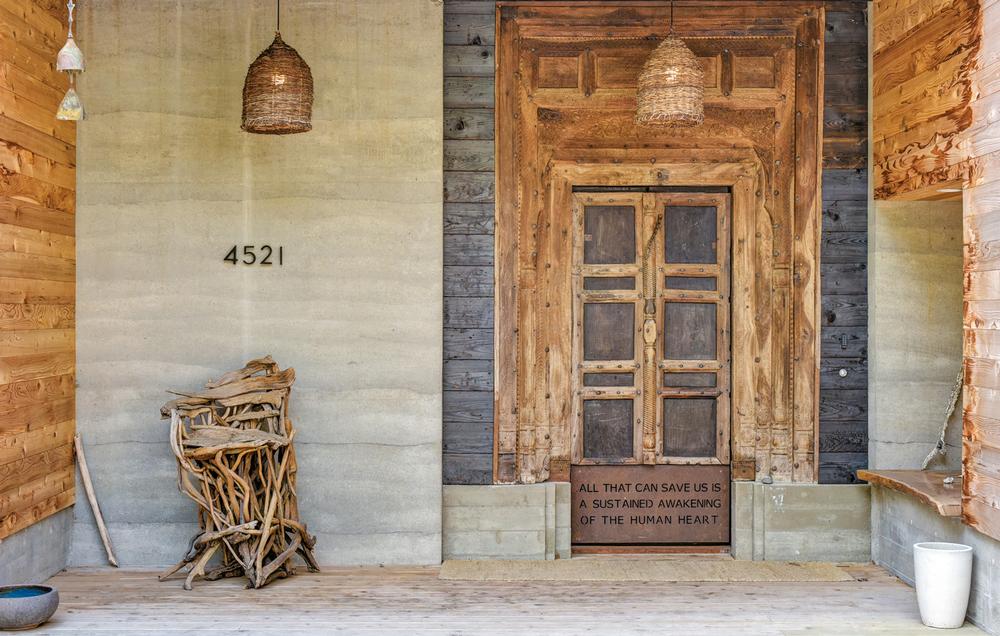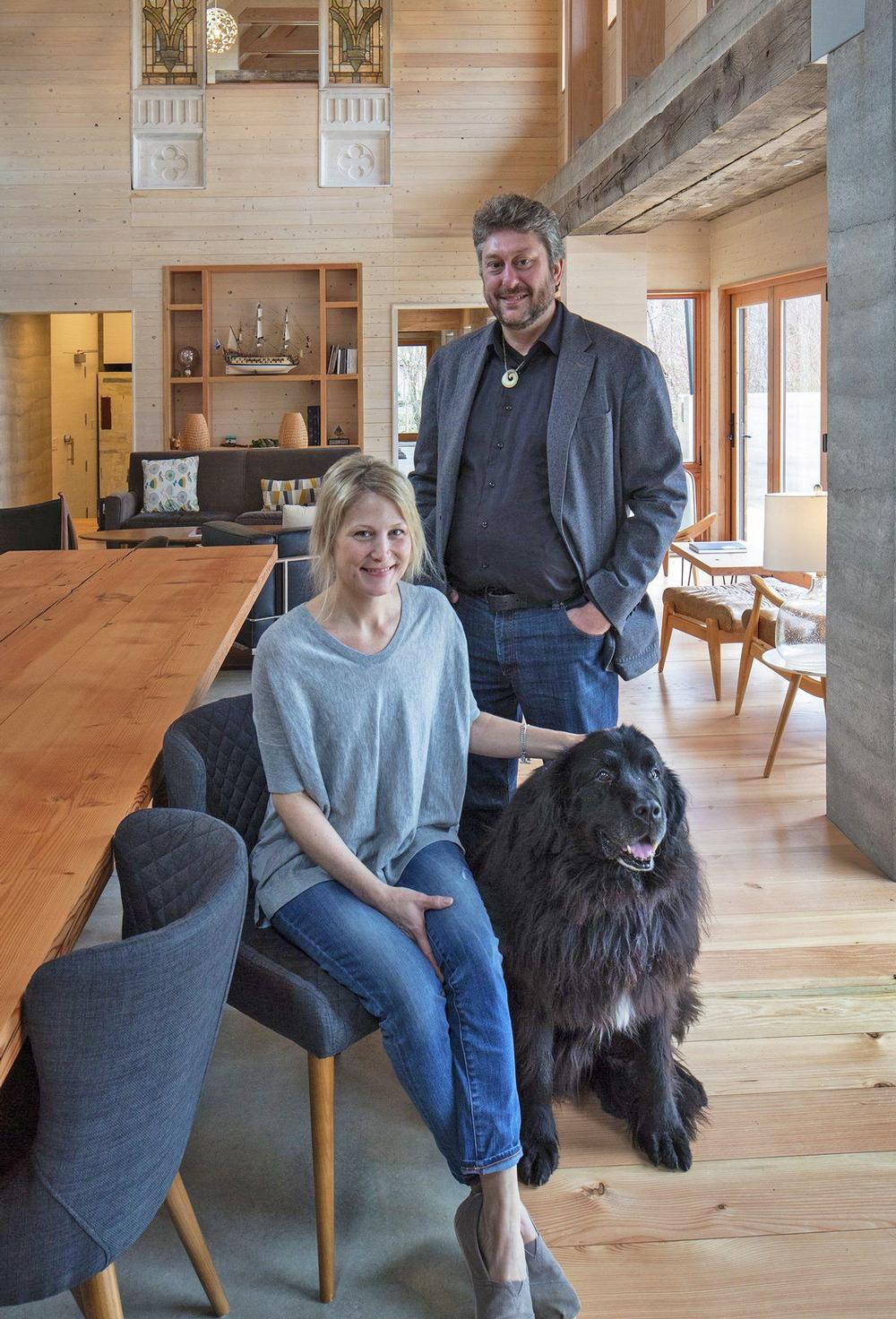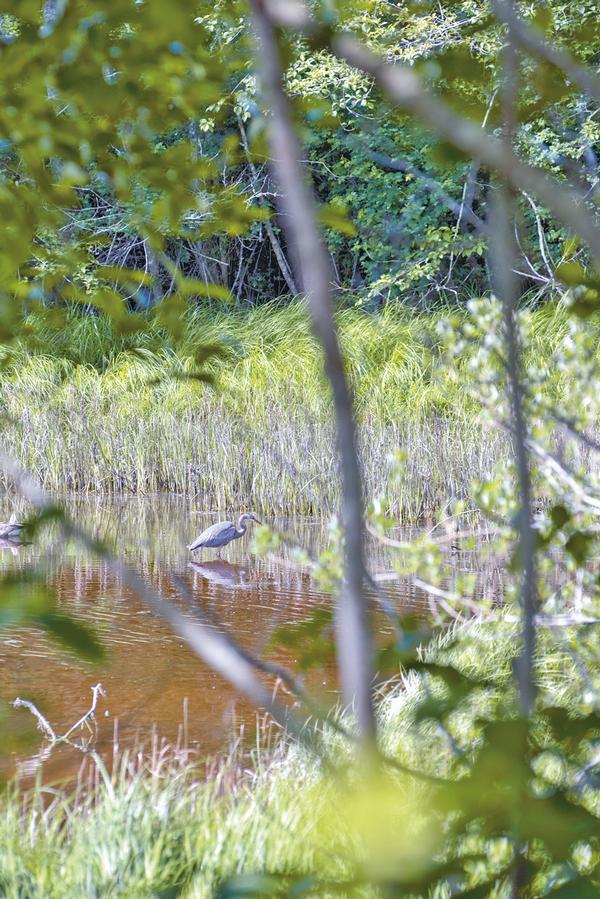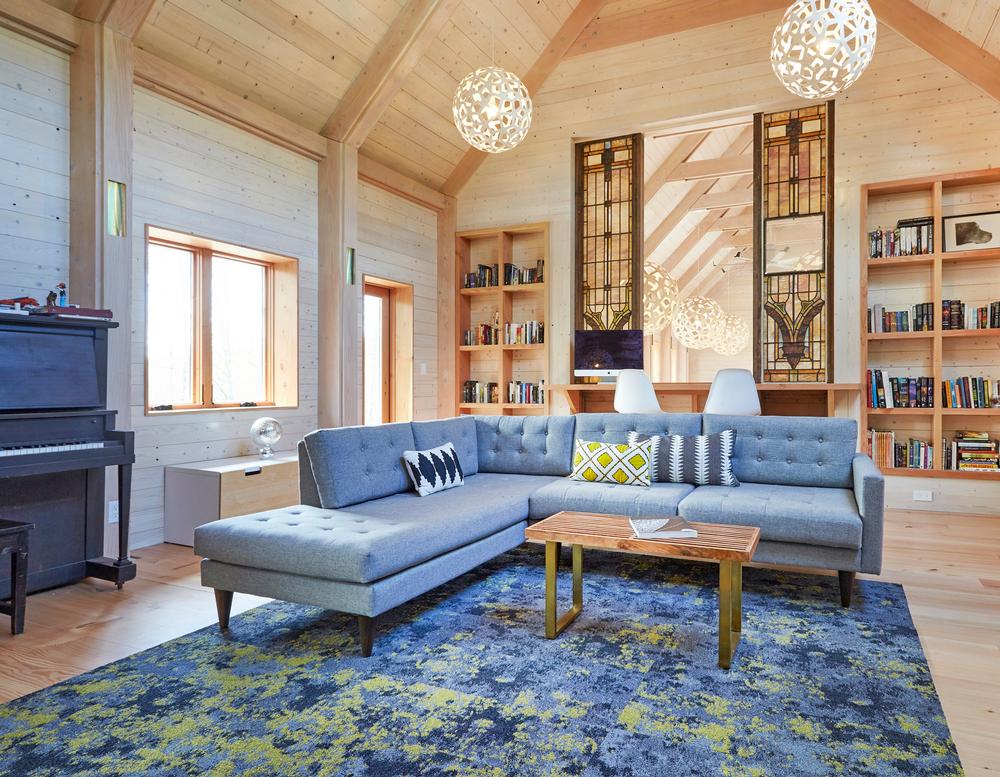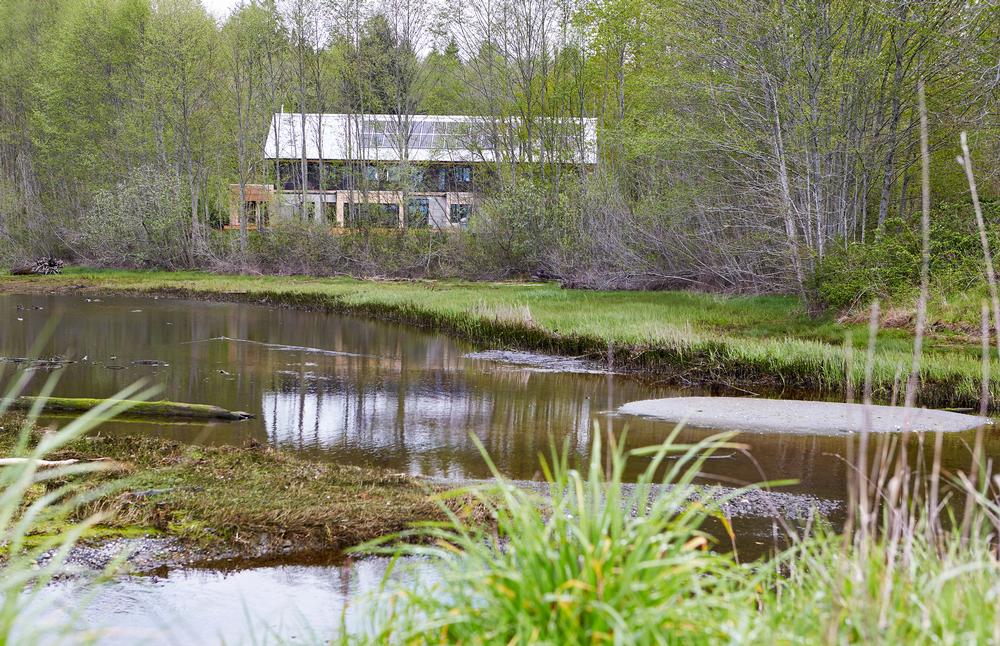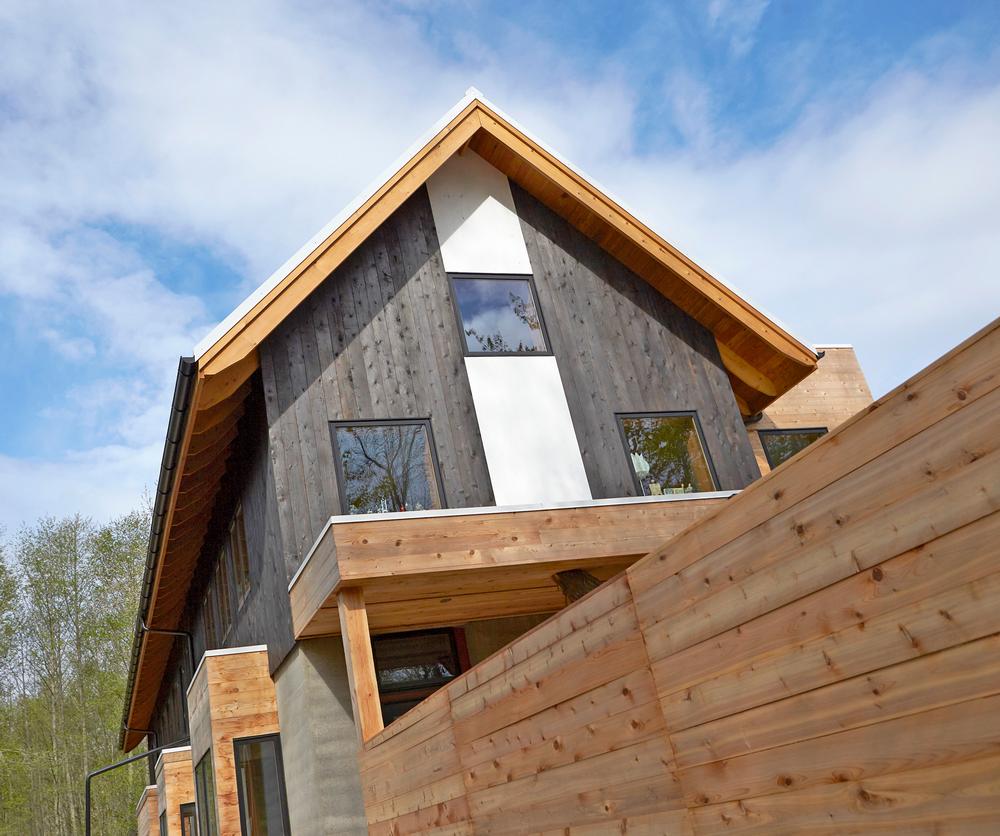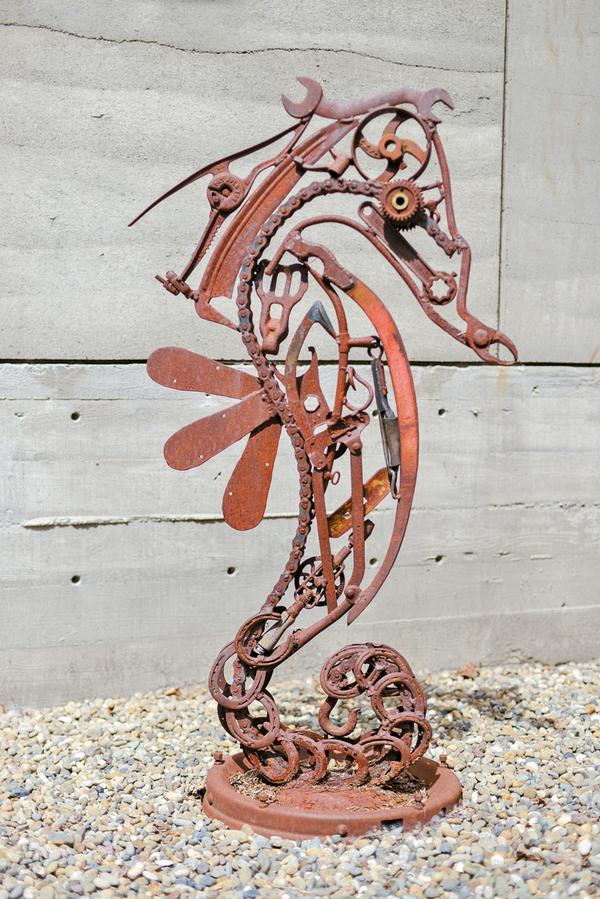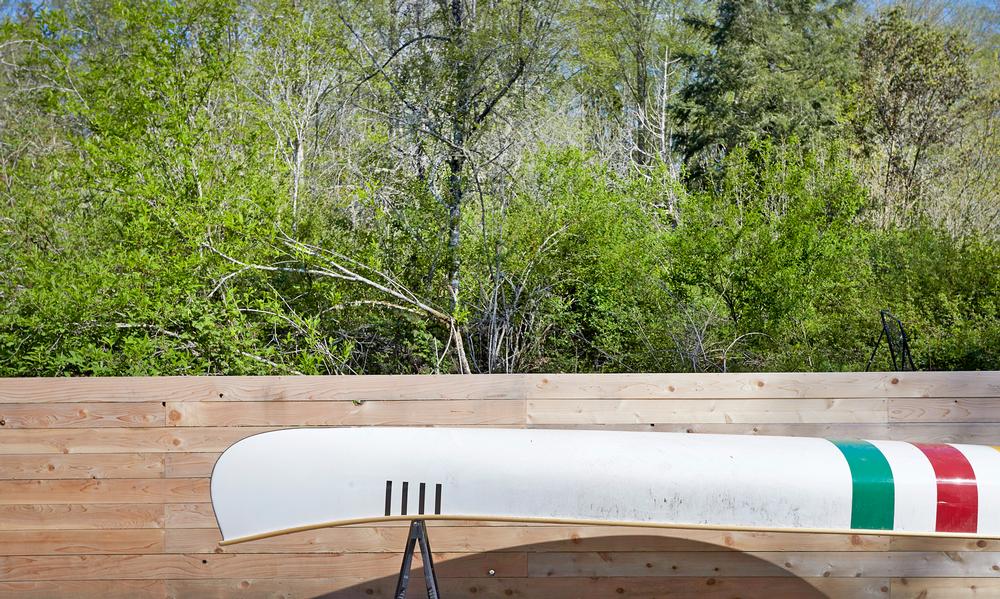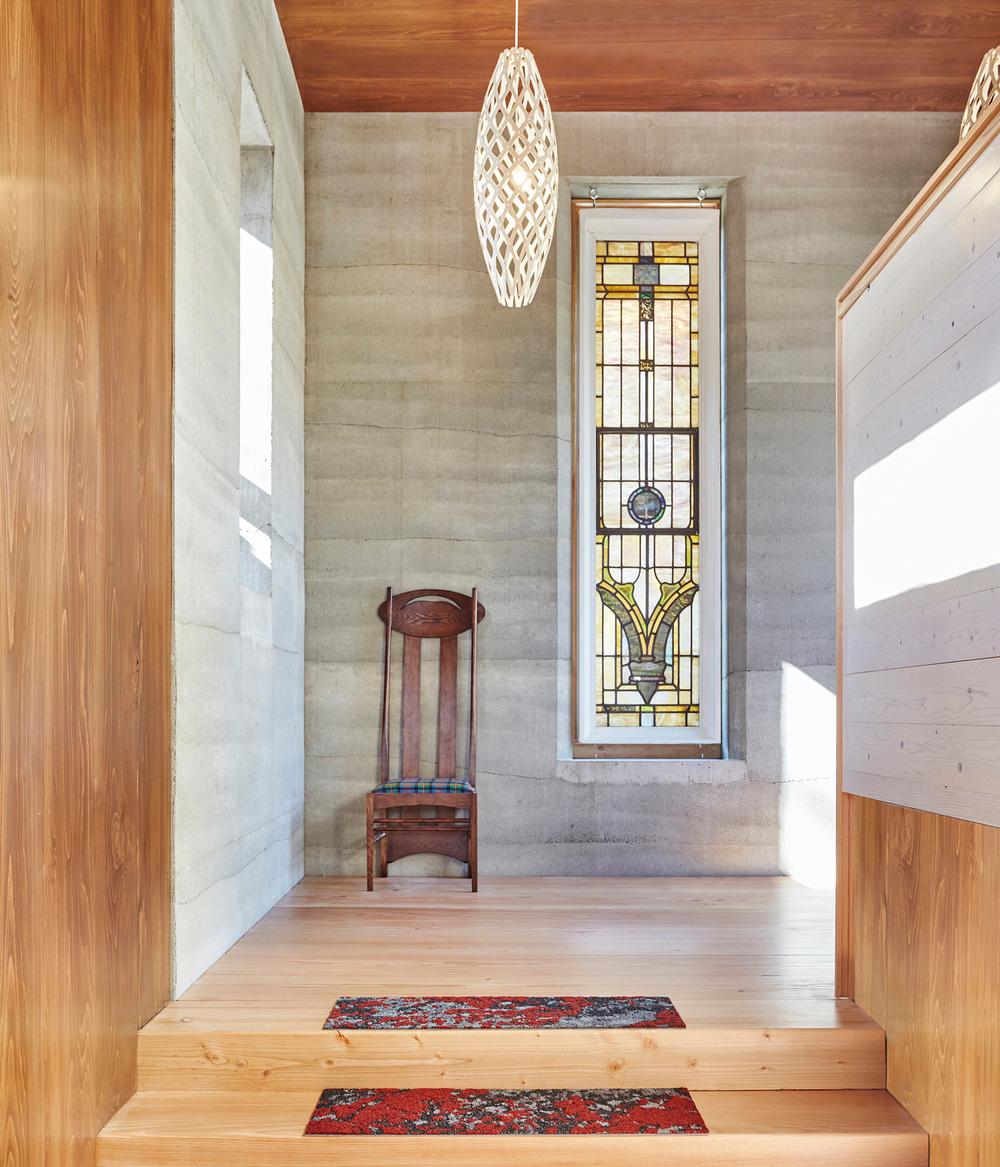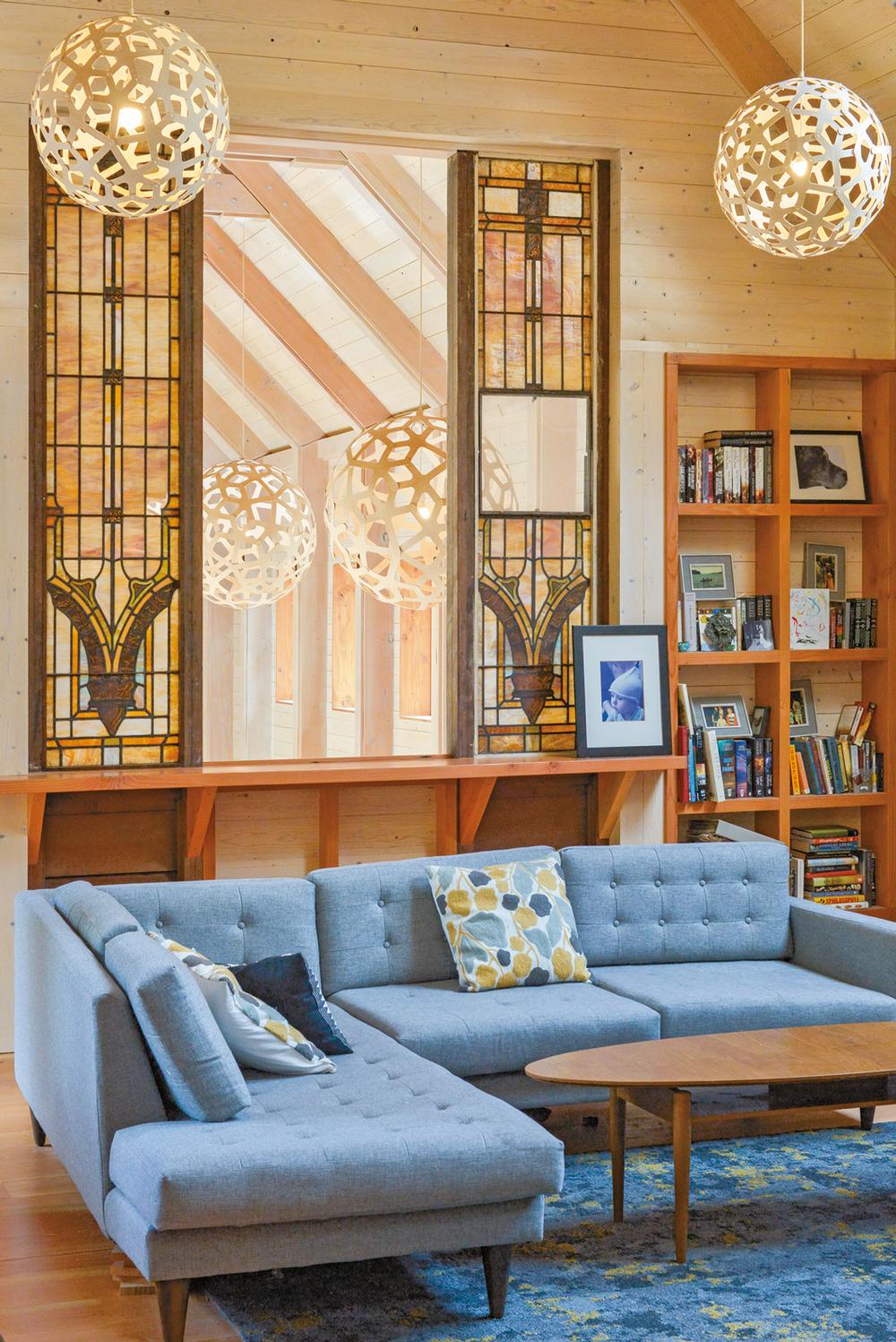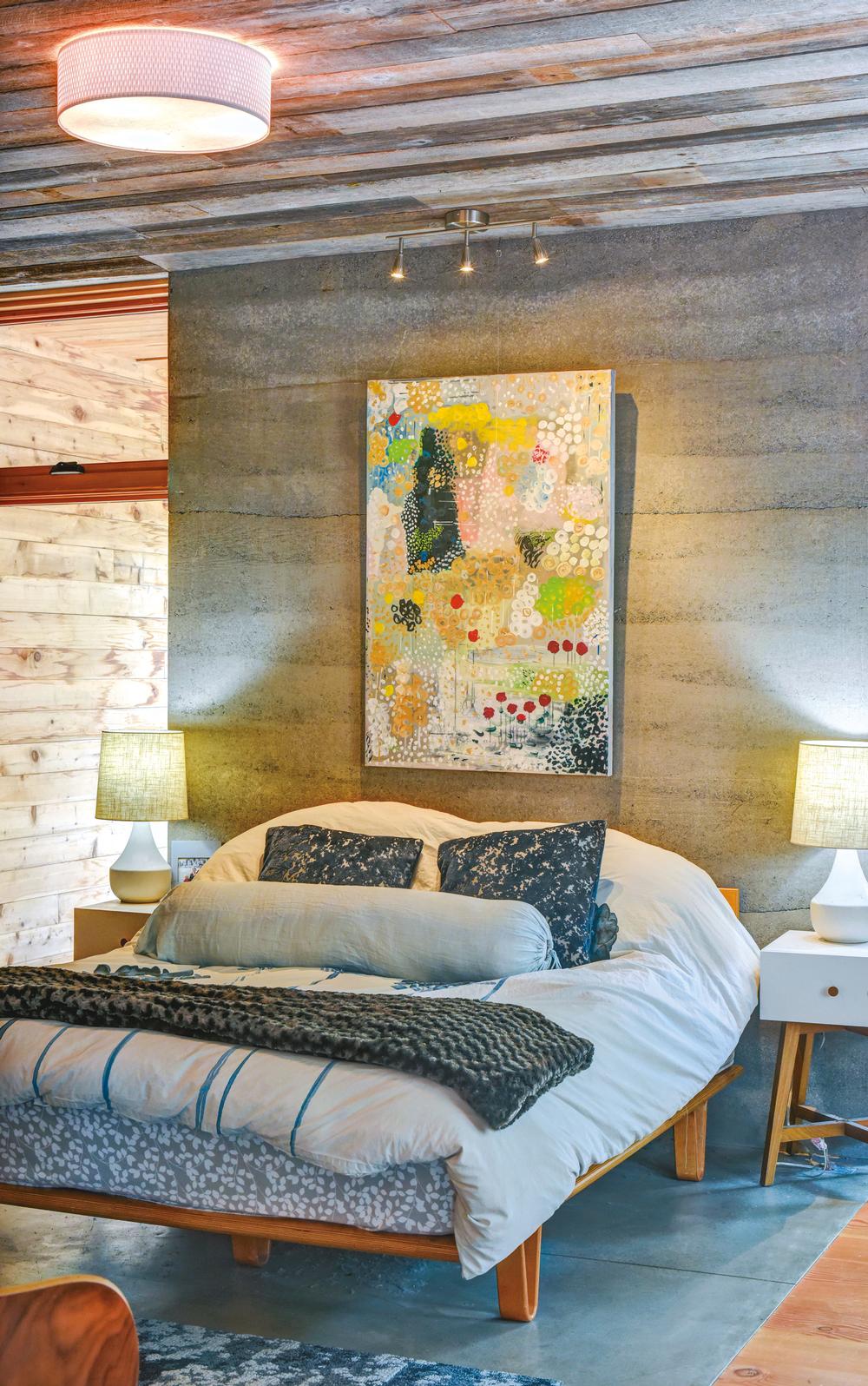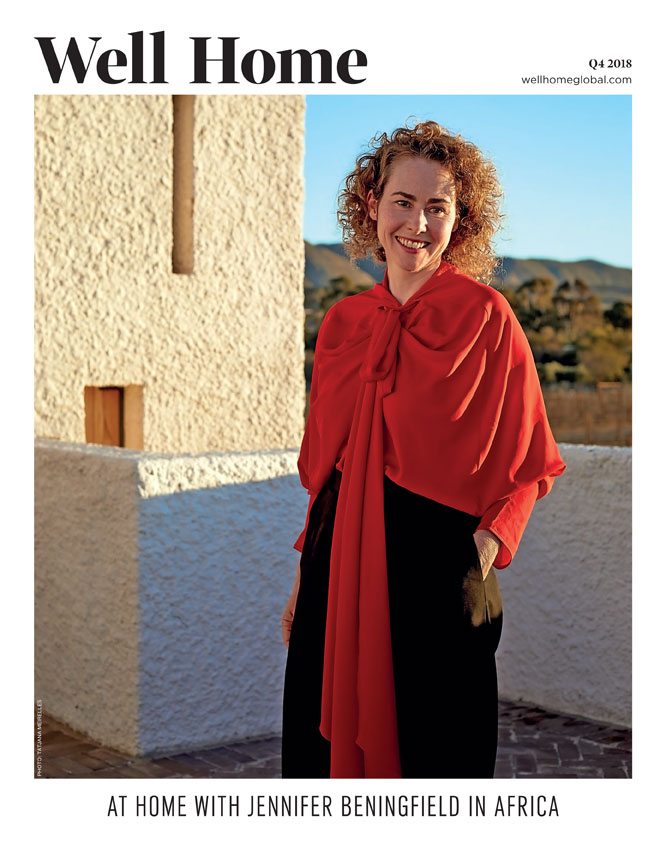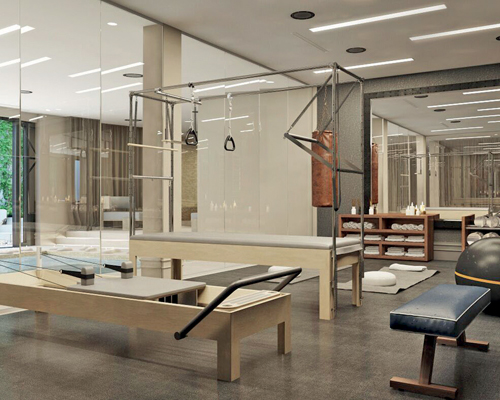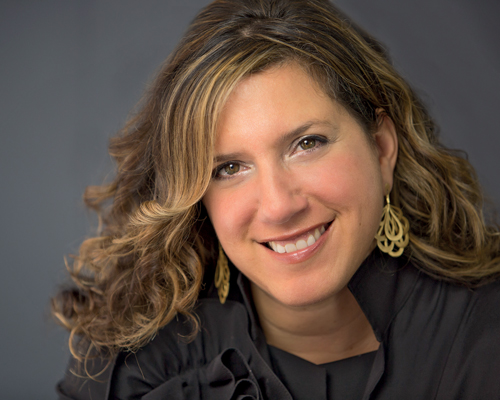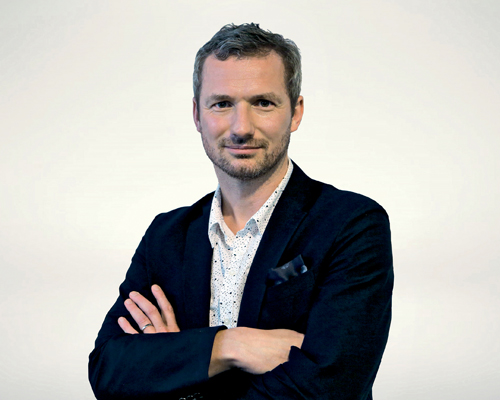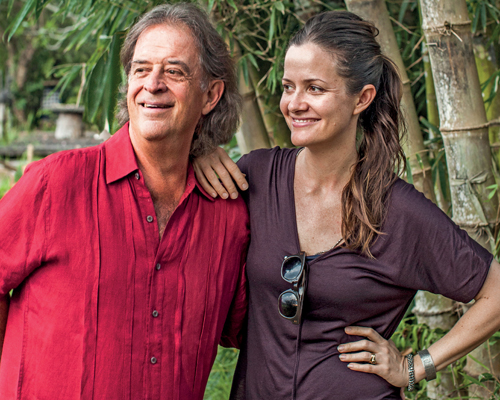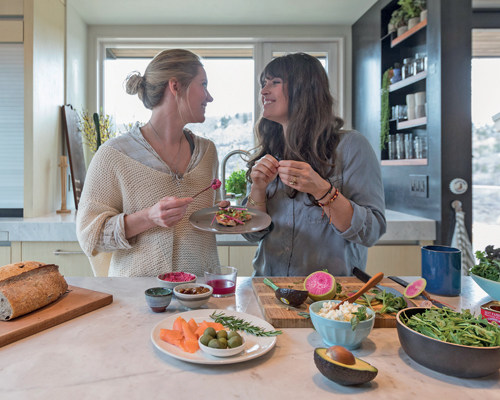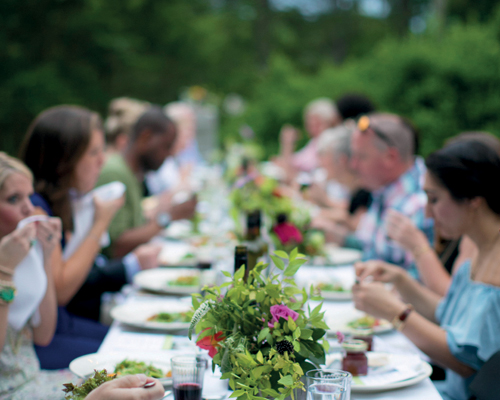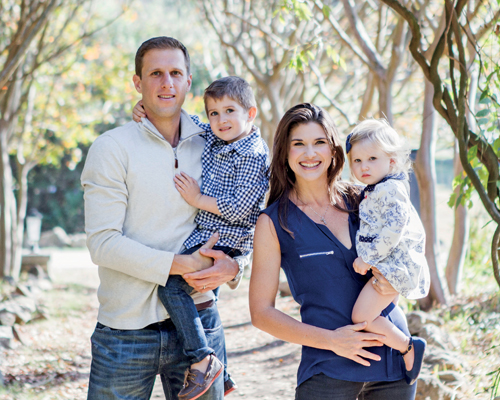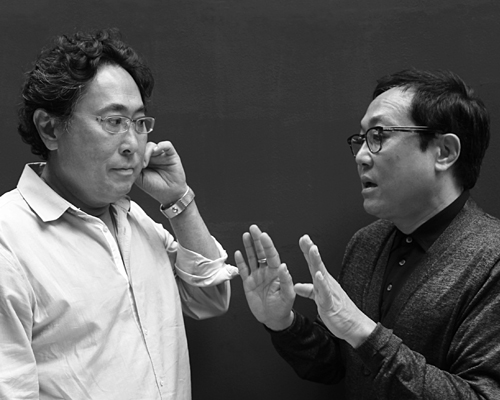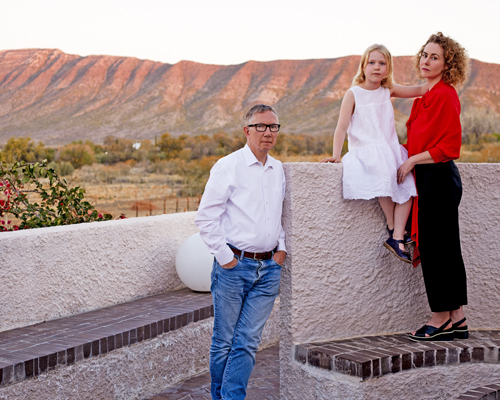Designer Jason McLennan is considered one of the most influential people in the green building movement. He’s the founder and creator of the Living Building Challenge – one of the world’s most progressive and stringent green building programmes – and founder of the International Living Future Institute, an NGO that focuses on creating communities that are “socially just, culturally rich and ecologically restorative”. In 2011, McLennan was selected by Yes! magazine as one of its 15 ‘Breakthrough’ people who are currently shaping the world.
As CEO of McLennan Design – his own architectural and planning practice – he has been responsible for the design of some of the world’s most advanced green buildings. McLennan played a key role in the design of the Bullitt Center, a commercial office building in Seattle, US, which is one of the largest net positive energy buildings in the world and was designed to his Living Building Challenge standards. The six-storey, 52,000sq ft (4,800sq m) building produces nearly 30 per cent more energy than it needs, has a 52,000 gallon rainwater collection, a UV light purification system and 26 geothermal wells that help to both heat the building in the winter and cool it in summer.
HOME COMFORTS
While McLennan is in constant demand among those looking to advance green design, he has found time to create his own sustainable family home with a focus on wellness.
Called Heron Hall, the home is completely solar-powered and entirely off the water grid.
It’s powered by 10kW worth of photovoltaic panels on its south-facing roof, while a 15,000-gallon rainwater cistern provides 100 per cent of the drinking and washing water.
Sustainable practices have been incorporated into every aspect of the home, starting from the design and building materials. Rather than concrete, the main materials used in construction were wood and structural rammed earth – an ancient method of building robust walls.
“Rammed earth is basically a process of making stone the way nature does – by compression,” McLennan explains. “The walls are two feet thick and have been structurally reinforced and insulated. If you look closely at them, they almost look like layers of the Grand Canyon, because you get these wavy lines where the material has been compacted. So not only is it a very beautiful material, it also has a very low environmental footprint.”
Located on Bainbridge Island near Seattle, US, Heron Hall also blends into its natural surroundings, as part of McLennan’s intention to bring the outside in.
“It’s an amazing house – very soulful and peaceful,” he says. “It’s interesting how some of the environmental features we included have these positive, unintended consequences which are enjoyed by all the family.
“For example, the construction methods and materials we used have made it structurally really ‘tight’, so it’s incredibly energy efficient and there are no leaks. One of the wellness-related benefits is that the house is incredibly quiet – you can’t hear any unwanted outside noise – so it’s very conducive to healthy sleep patterns.”
He adds that, as well as it being a family home, he sees Heron Hall as a “ground-breaking living building and laboratory for living building materials and strategies.”
NATURAL DESIGNS
One of the design principles which McLennan is passionate about – and which can be seen in his work – is biophilic design. Based on the concept of biophilia (‘love of nature’), biophilic design focuses on the relationship between humans and nature and how humans are drawn to the natural world.
Incorporating elements of nature and providing living spaces for plants and animals within the built environment, the principle is gaining a foothold among businesses considered at the cutting edge of workplace design – including Apple, Google and Amazon. This is partly because biophilic design has been shown to improve worker concentration, engagement and cognitive ability.
For McLennan, biophilic design and the choice of natural materials – like the use of wood and rammed earth at Heron Hall – has a crucial role to play in construction projects which look to promote wellness.
“I think the materials used in a home have a significant impact on people’s feeling of happiness and wellness,” McLennan says. “But it’s something that is hard to qualify and quantify – and typically doesn’t get attention from people.
“A lot of my own work and that of McLennan Design focuses on the connection between nature and humans. There are significant physical and psychological benefits to being surrounded by living things.
“Allowing people the connection not only with natural light and views of nature, but also the presence of plants – and sometimes other species – is something that we are increasingly looking to provide through our designs.”
ELIMINATING TOXIC MATERIALS
As well as choosing the right materials to use, it’s important to know which to avoid, McLennan says.
“In terms of creating buildings that are conducive to wellness, we need to begin using materials that are healthy for people,” he says. “It’s particularly important that we begin eliminating the toxic chemicals within building materials that are, sadly, pretty ubiquitous in the industry.
“It’s the invisible things you can’t necessarily see which can cause cancer – or at a minimum can hurt air quality and trigger allergies and asthma and all manner of health issues. Some of my work has focused on tackling those issues.”
With “his work”, McLennan is referring to the creation of the Red List – an inventory containing some of the ‘worst-in-class’ materials prevalent in the building industry. Featuring around 20 products and their derivatives, it provides a guide to materials to avoid. The list was created by the International Living Future Institute – of which McLennan is chair and co-founder.
“The Red List is a list of toxic chemicals or materials that are common in the building industry and yet have almost no safe exposure level,” McLennan says. “It’s part of a campaign by the Living Future Institute to motivate manufacturers to eliminate those chemicals from their products and their supply chains – and that’s really working.”
Each of the chemicals on the Red List pollutes the environment and bio-accumulates up the food chain until it reaches toxic concentrations. It includes materials whose detrimental effects are widely accepted – such as asbestos, lead and mercury – and also others which are still in regular use, such as polyvinyl chloride (PVC), MDF and halogenated fire retardants and plastics.
MEASURING SUCCESS
As well as avoiding materials on the Red List, McLennan’s Heron Hall home meets all the other requirements of the Living Building Challenge (LBC) – the sustainable building certification programme that he created in 2006.
LBC sets out stringent benchmarks for everything from water and energy usage to waste management and the way the building interacts with its surroundings.
But while his home has received the sustainability stamp of approval, the key critics were those at the forefront of McLennan’s mind when he designed it: his children.
“They absolutely love it!” he smiles. “The ultimate proof of the success of Heron House and the contribution it makes to our wellbeing is that it’s always crawling with kids – all the neighbourhood kids love to hang out at our house now. It’s constantly filled with activity.”



